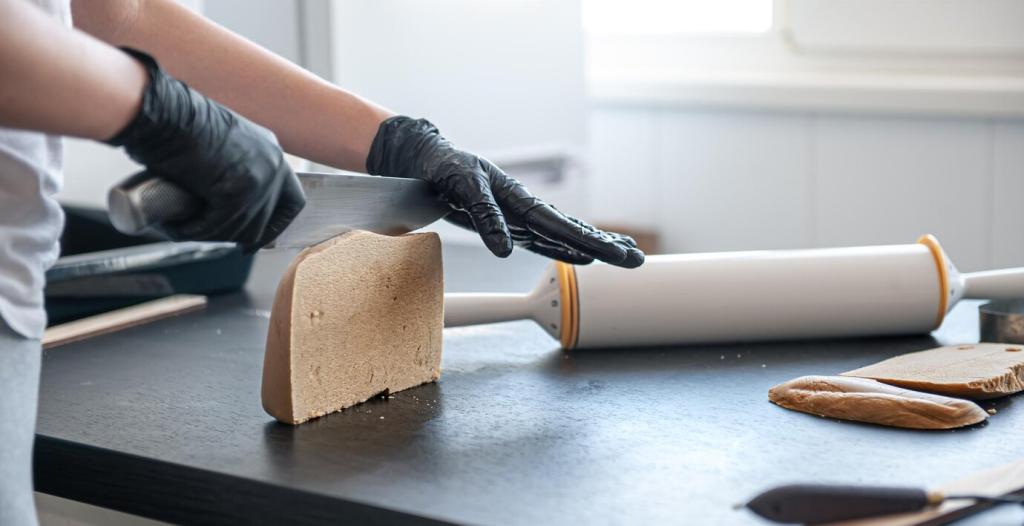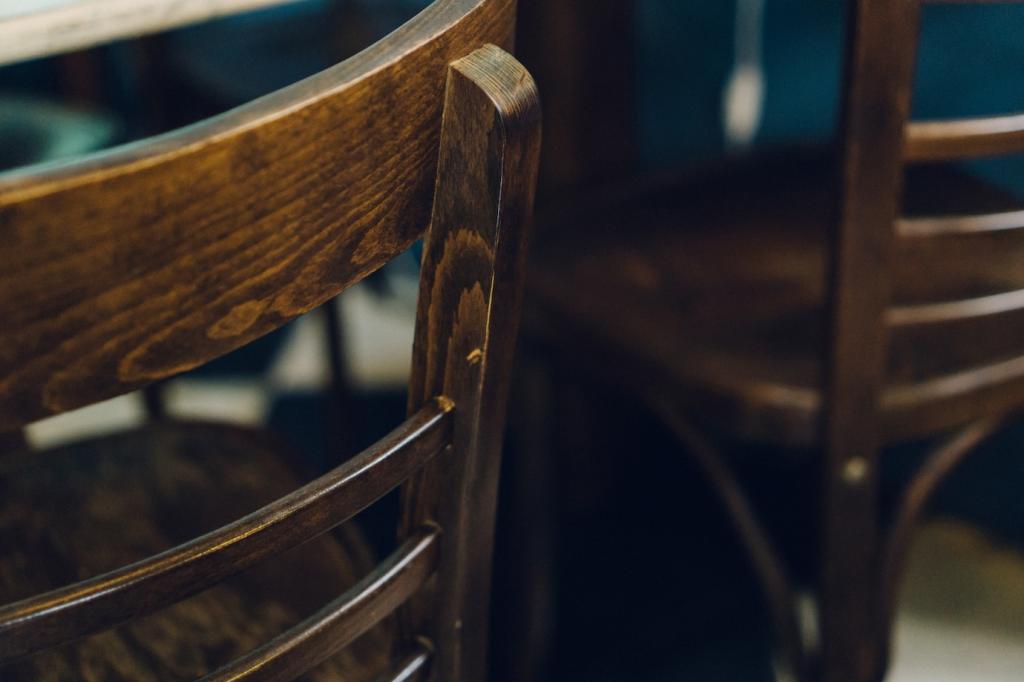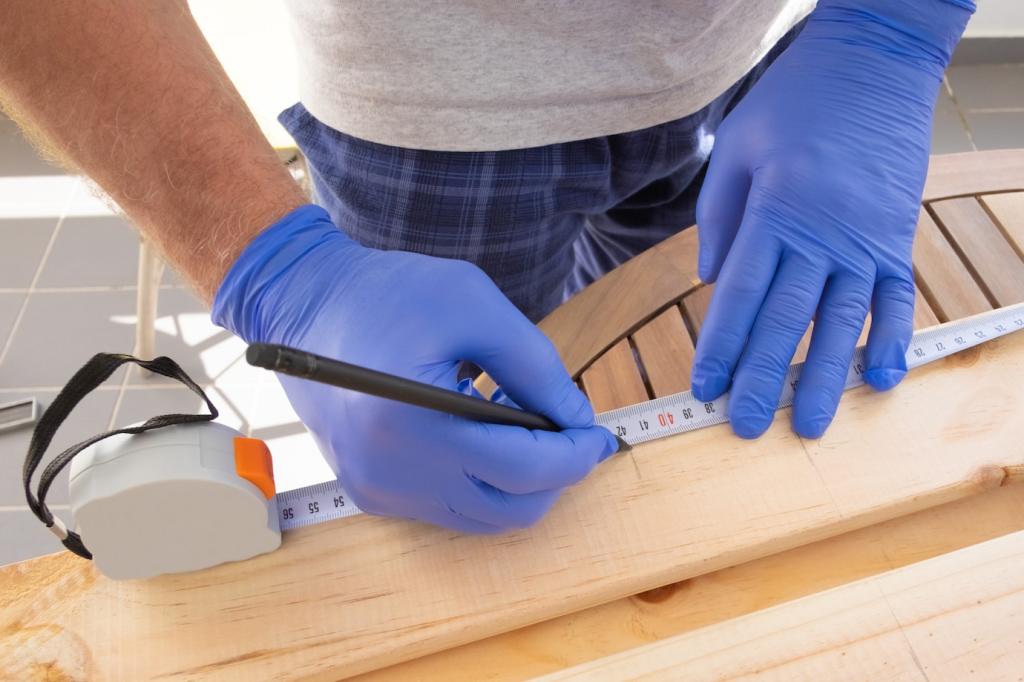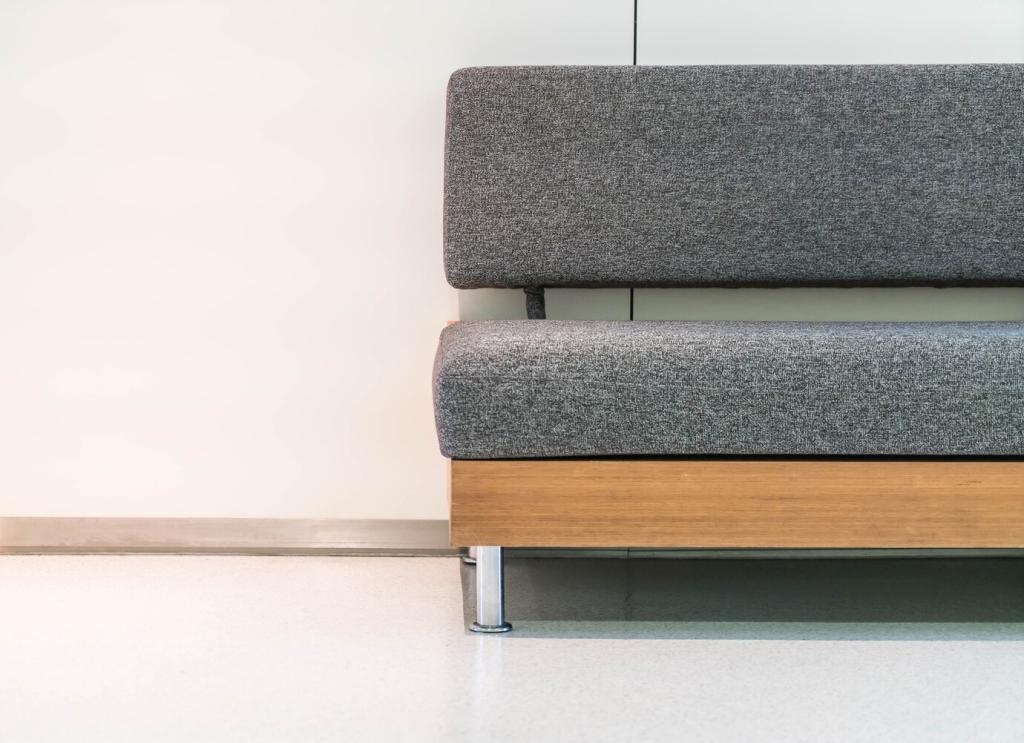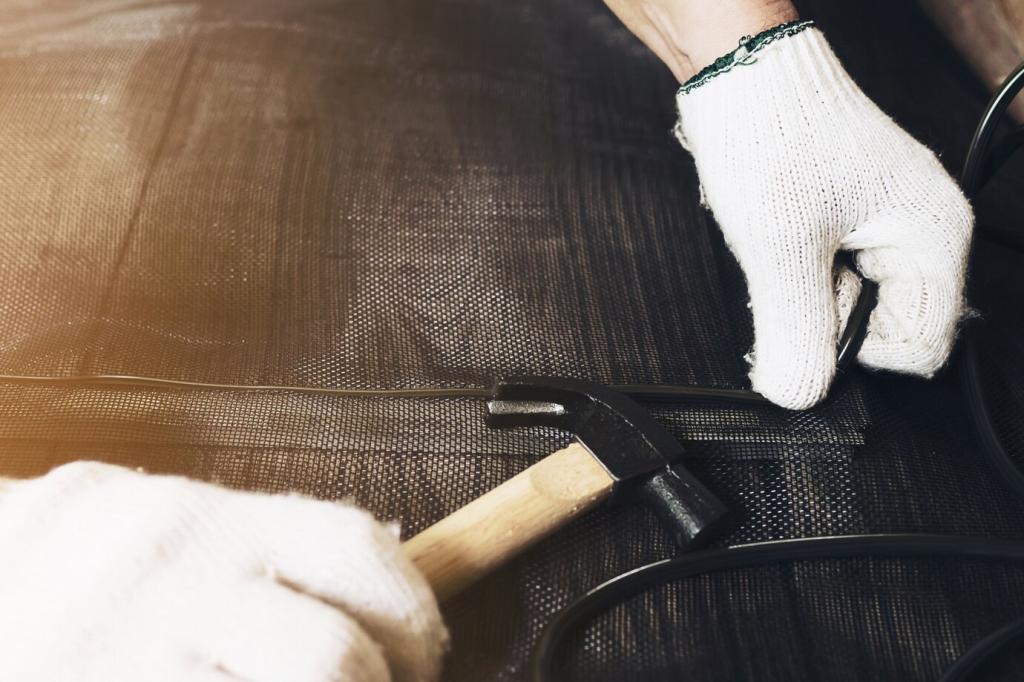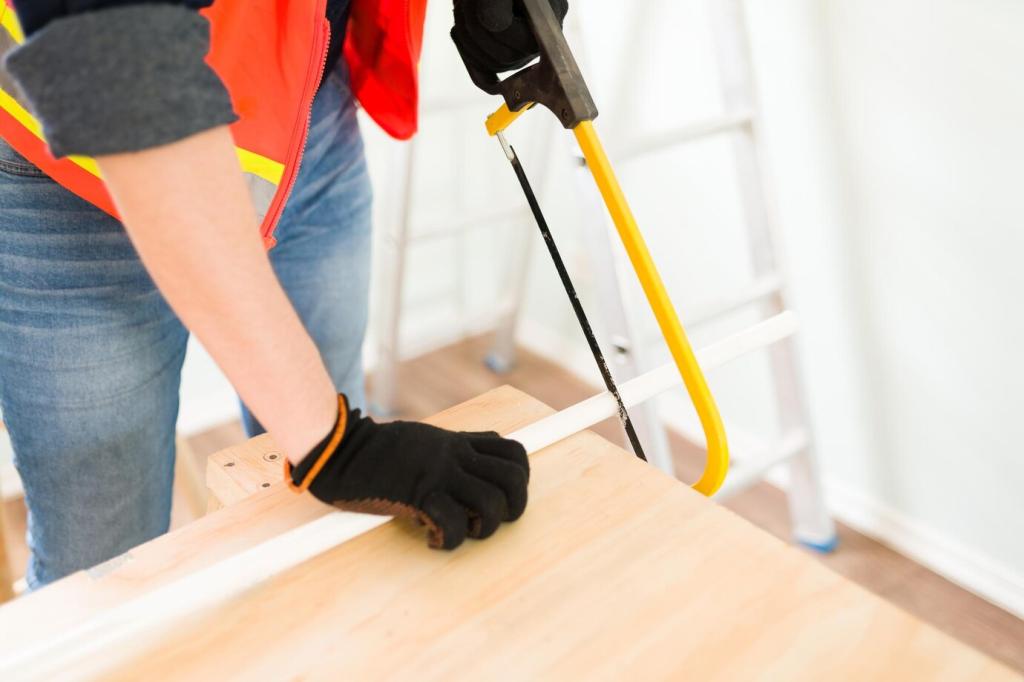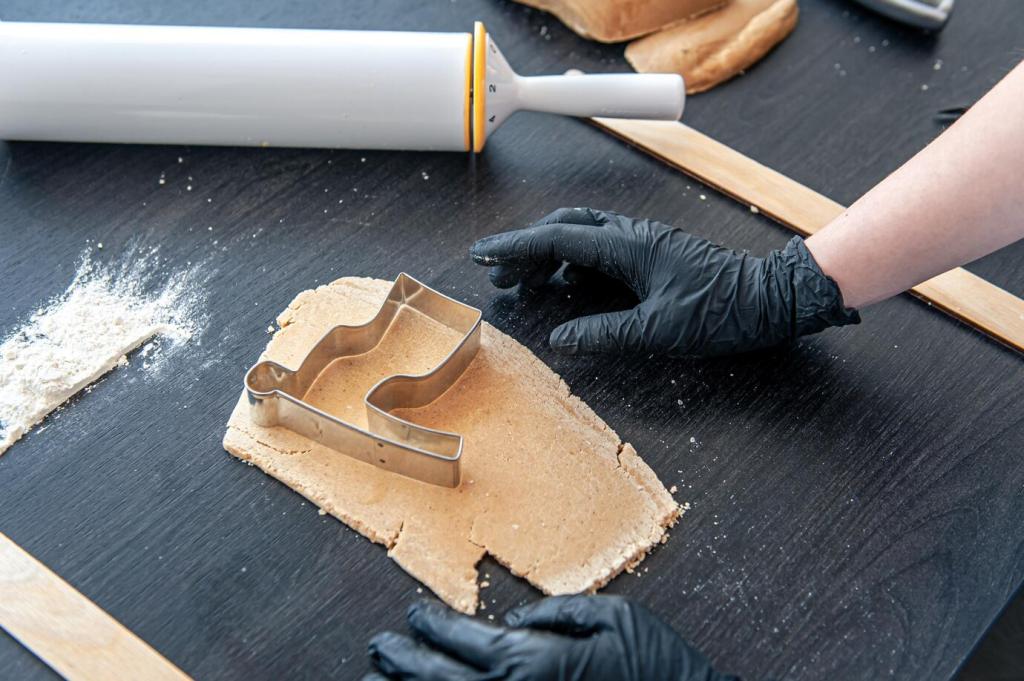When to Repair, When to Restore
Use touch-up markers, wax sticks, or a blending pencil for shallow scratches. For small chips, clear shellac can bridge gaps carefully. If a fix requires sanding through finish, pause and request guidance—we’re happy to help assess the safest path.
When to Repair, When to Restore
Loose joints, split rails, or failing veneer deserve a plan. Traditional joinery and hide glue are often reversible and kinder for antiques. Share a short description or photo, and we’ll suggest questions to ask a restorer before committing.

